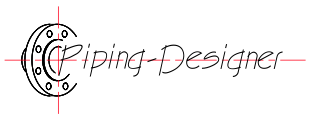Rotational Motion Over Time
Rotational Motion Over Time Formula |
||
| \( \theta \;=\; \omega_i \cdot t + \dfrac{1}{2} \cdot \alpha \cdot t^2 \) | ||
| Symbol | English | Metric |
| \( \theta \) (Greek symbol theta) = Rotational Motion Over Time | \(deg\) | \(rad\) |
| \( \omega_i \) (Greek symbol omega) = Initial Angular Velocity | \(deg \;/\; sec\) | \(rad \;/\; s\) |
| \( t \) = Time | \(sec\) | \(s\) |
| \( \alpha \) (Greek symbol alpha) = Angular Acceleration | \(deg \;/\; sec^2\) | \(rad \;/\; s^2\) |
Rotational motion over time describes how the angular position, angular velocity, and angular acceleration of an object change as time progresses. It's a fundamental concept in physics that helps us understand the movement of spinning or revolving objects (spinning of a top to the orbits of planets).

